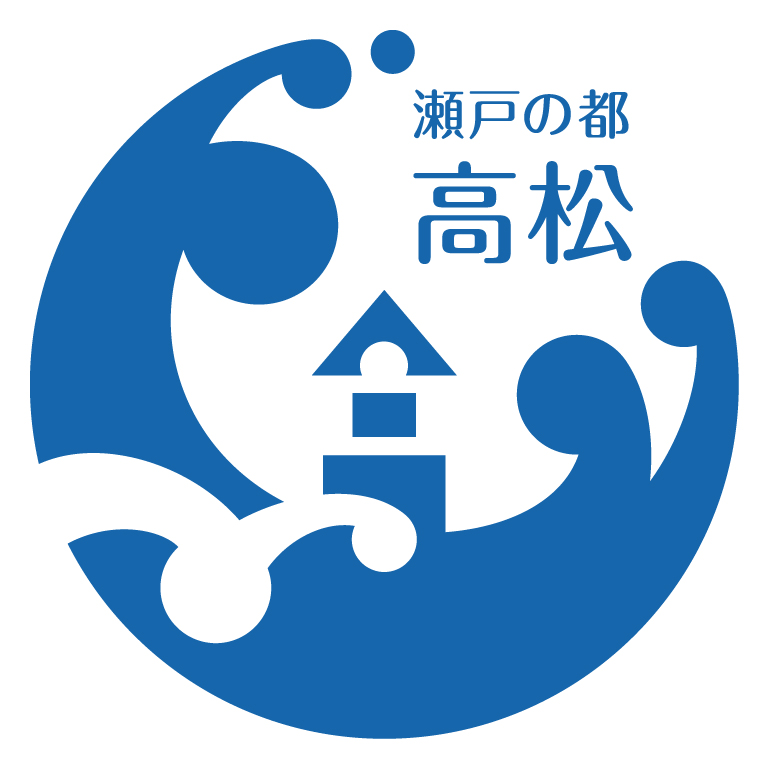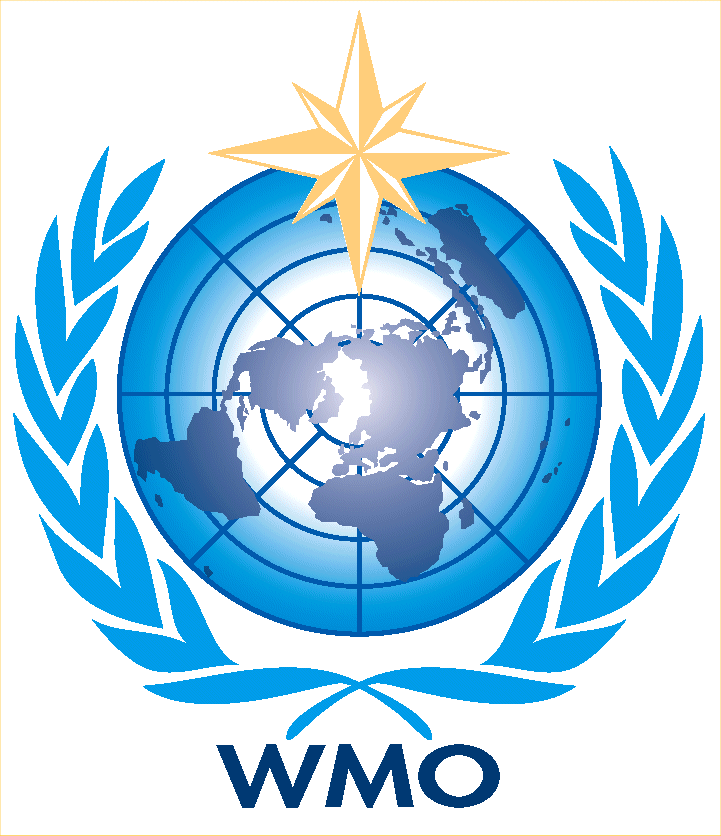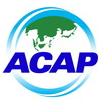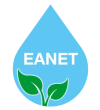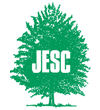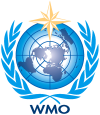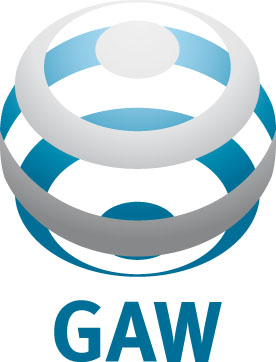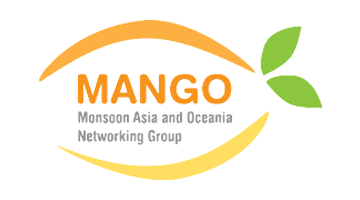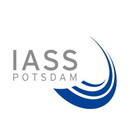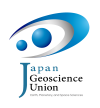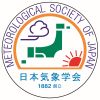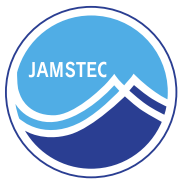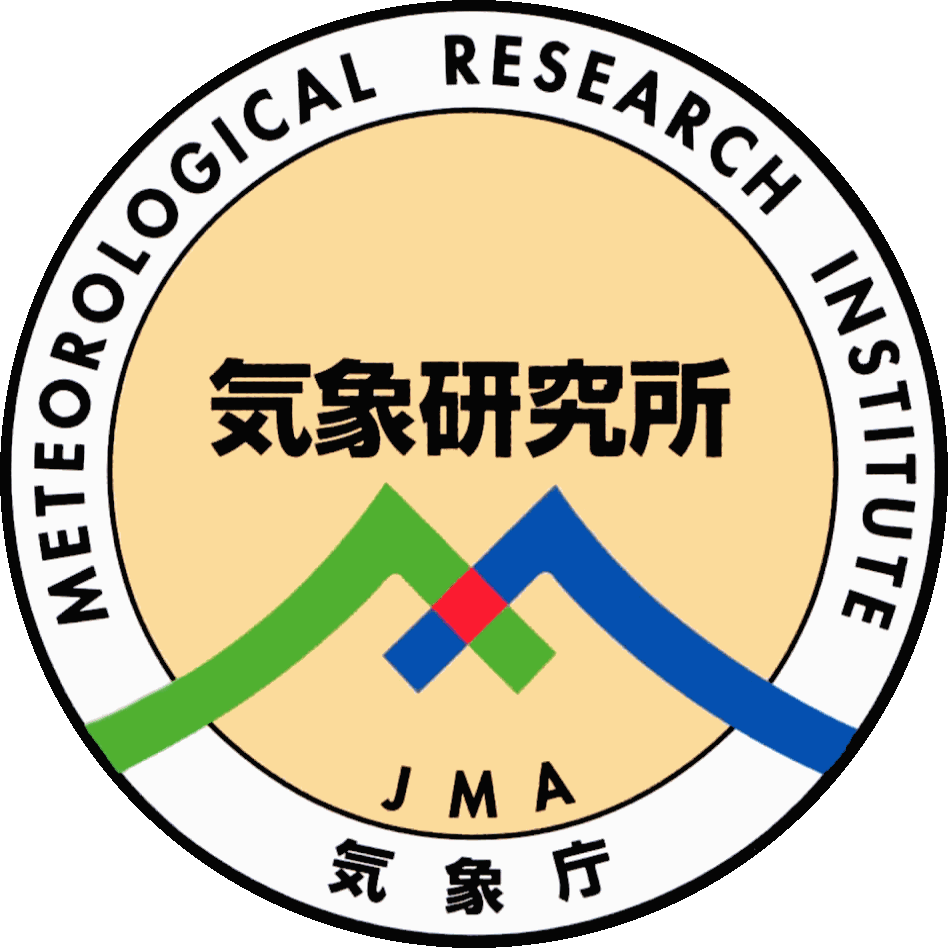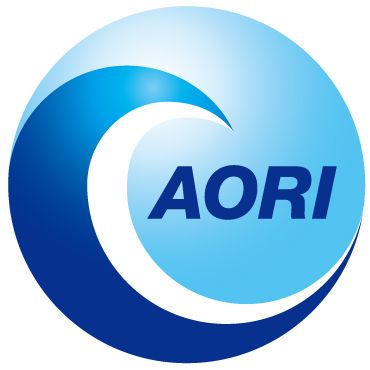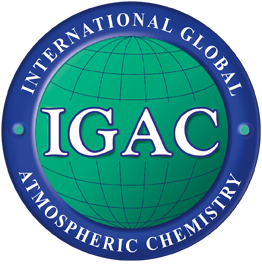
Facilitating atmospheric chemistry research towards a sustainable world
The atmosphere is the integrator of the Earth system. Human emissions of pollutants and long-lived greenhouse gases into the atmosphere have caused dramatic transformations of the planet, altering air quality, climate and nutrient flows in every ecosystem. Understanding the global atmosphere requires an international network of scientists providing intellectual leadership in areas of atmospheric chemistry that need to be addressed, promoted and would benefit from research across disciplines and geographical boundaries. Acknowledgement of this need led to the formation of the International Global Atmospheric Chemistry (IGAC) Project in 1990.
IGAC’s mission is to facilitate atmospheric chemistry research towards a sustainable world. This is achieved through IGAC’s three focal activities: fostering community, building capacity, and providing leadership.
Fostering Community
IGAC is an open international community of scientists researching topics related to atmospheric chemistry (air quality, climate change, carbon and nitrogen cycles, impacts on human health and ecosystems, etc.) that is actively collaborating across geographical boundaries and disciplines in order to contribute to addressing the most pressing global change and sustainability issues through scientific research. The IGAC biennial science conference and the facilitation of numerous thematic workshop every year provides opportunities to build cooperation and disseminate scientific information across IGAC international community.
Building Capacity
IGAC builds scientific capacity through its early career program and national and regional working groups. The IGAC early career program allows scientists to join an international network early in their career, which puts the cogs in motion to further facilitate atmospheric chemistry research at an international level for years to come. The IGAC national and regional working groups create a strong cohesive community of atmospheric scientists in emerging countries/regions that together have a sum greater than their parts, and connects these scientists to the larger IGAC community to foster international collaboration.
Providing Leadership
IGAC provides intellectual leadership by identifying and fostering activities in current and future areas within atmospheric chemistry that would benefit from research across geographical boundaries and/or disciplines. IGAC’s vision is to link emissions, atmospheric processes and atmospheric composition to global change and sustainability issues such as human health, climate, ecosystem and how individual and societal responses feedback onto the core research-led foci of IGAC.
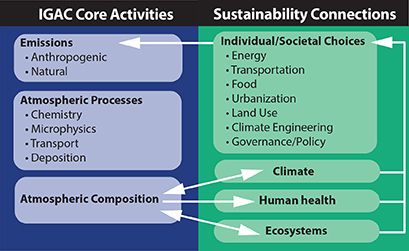
IGAC Vision Diagram



